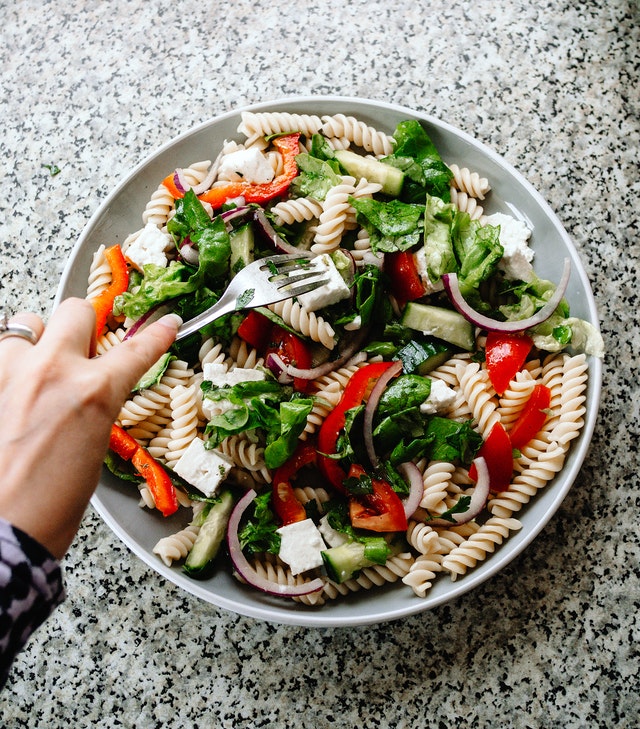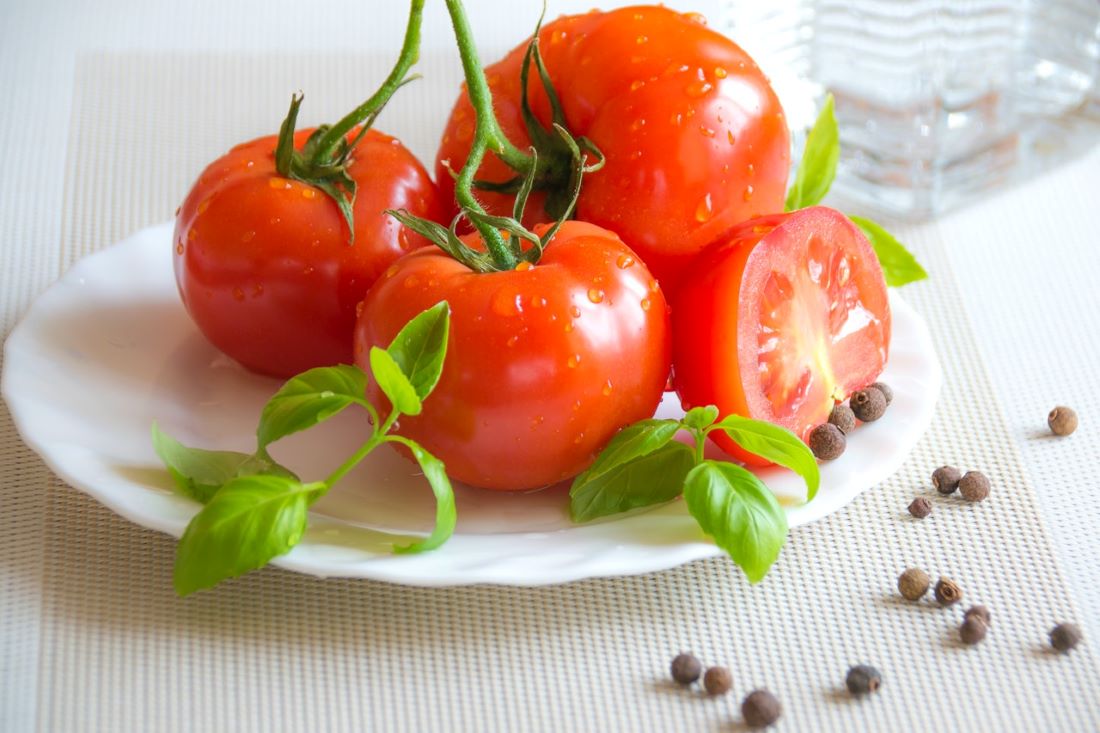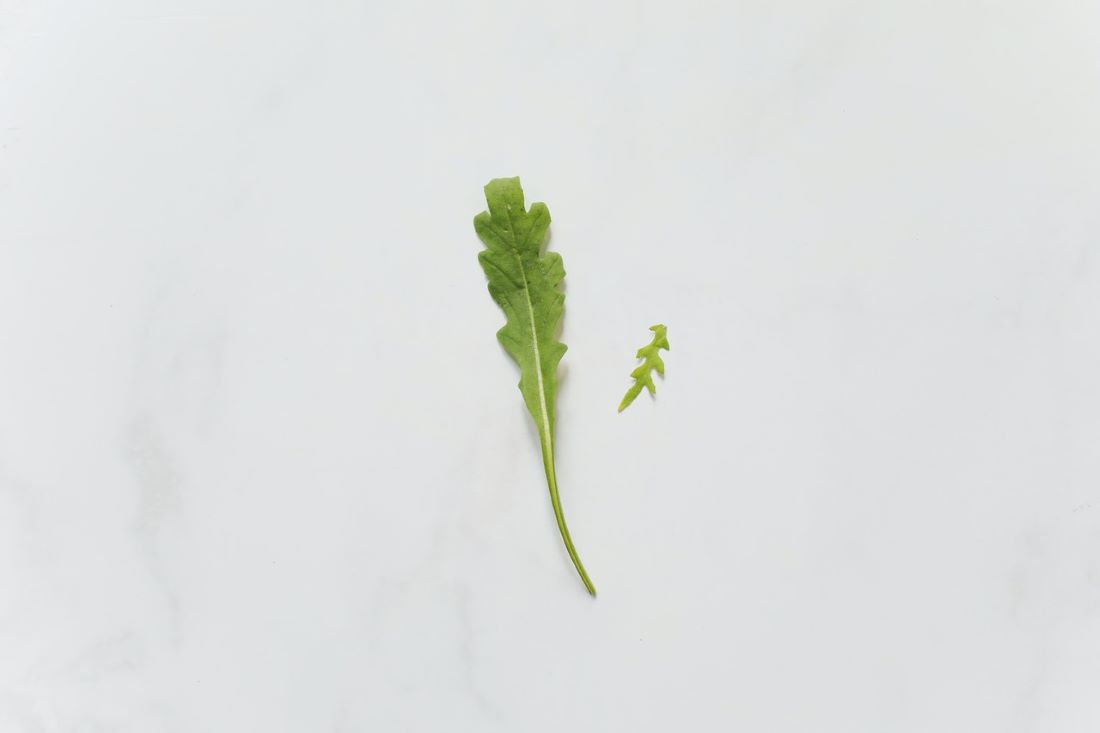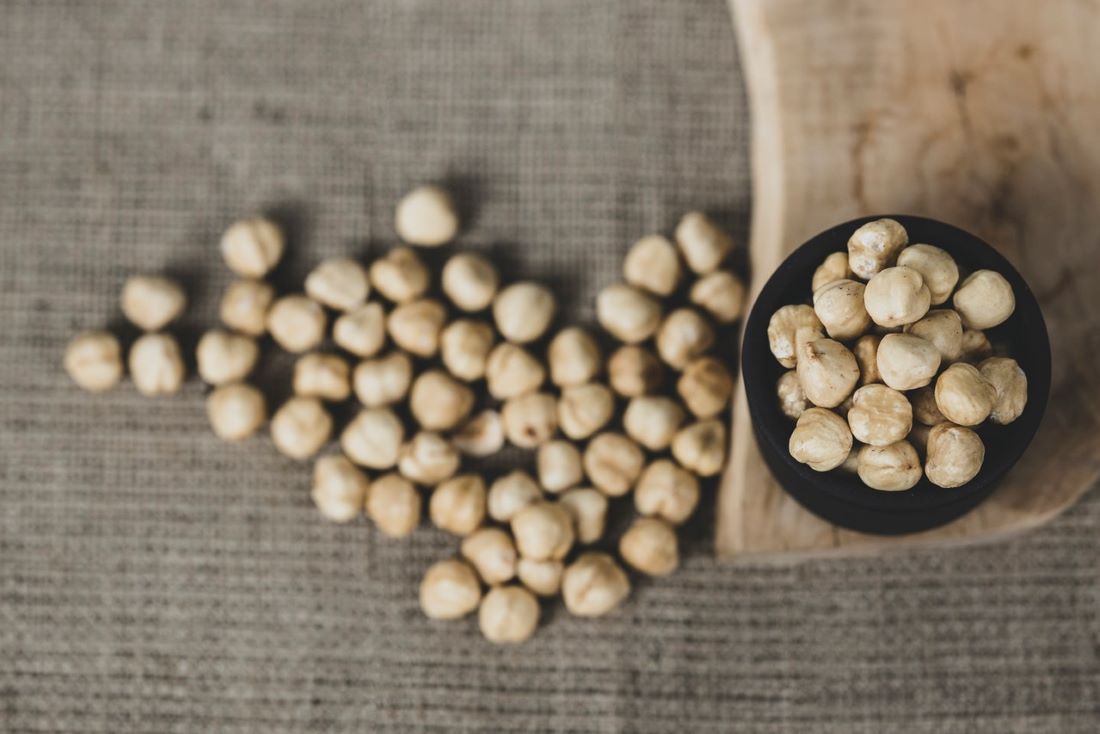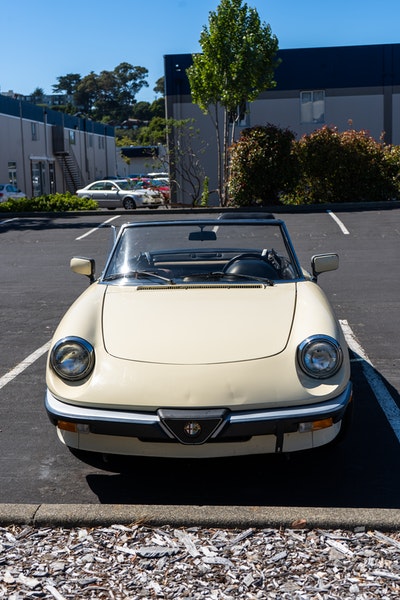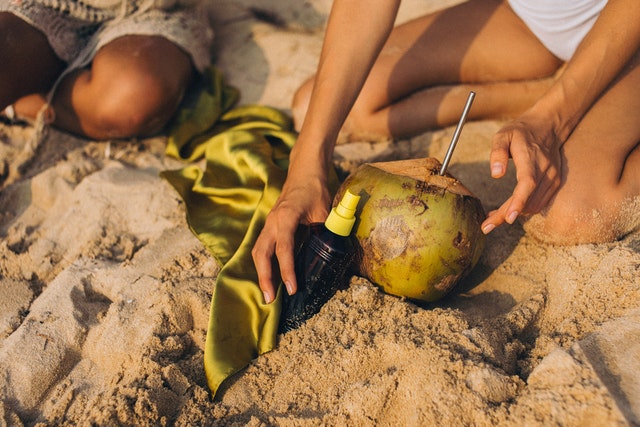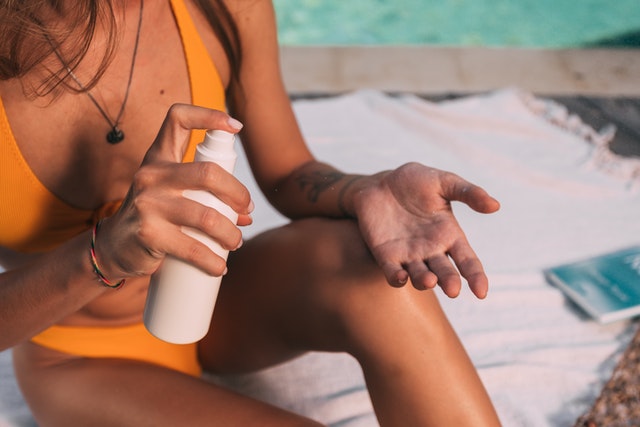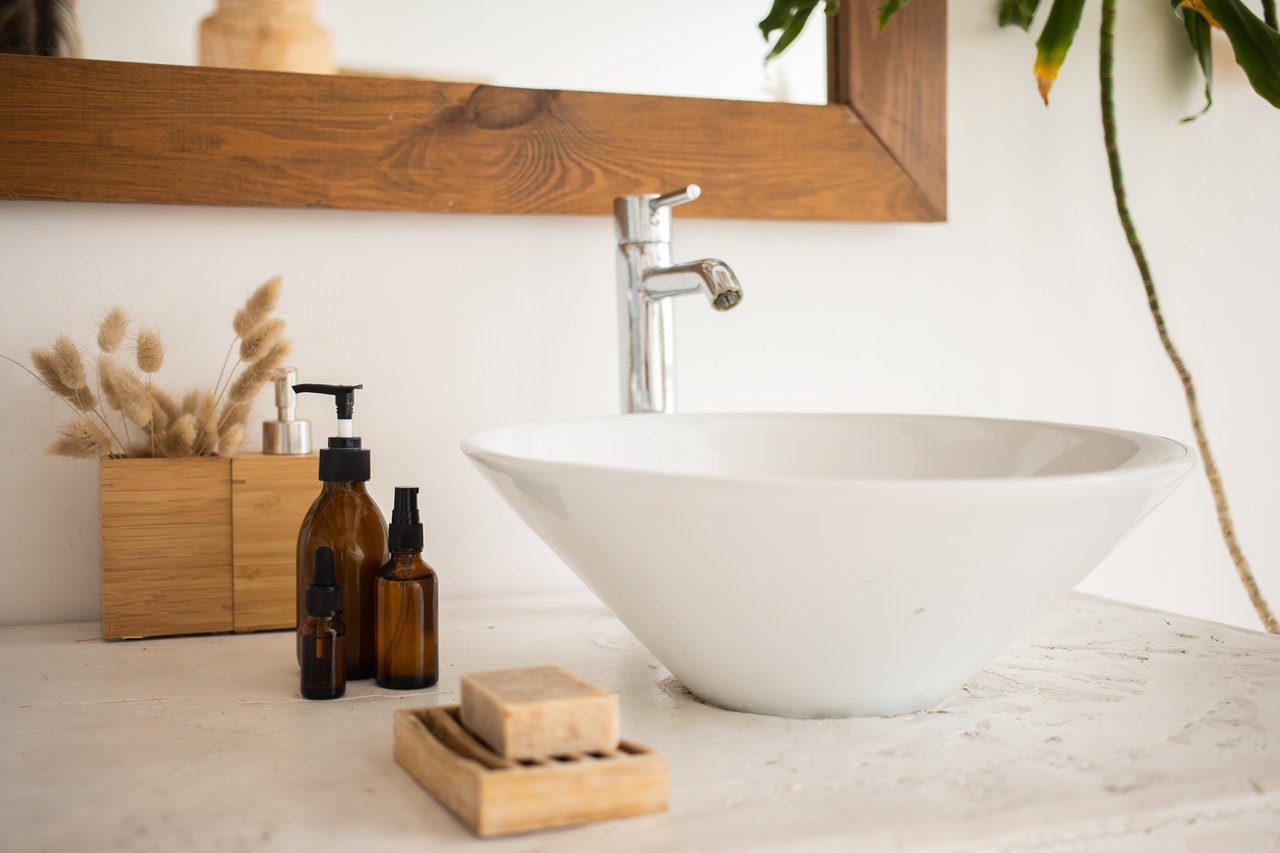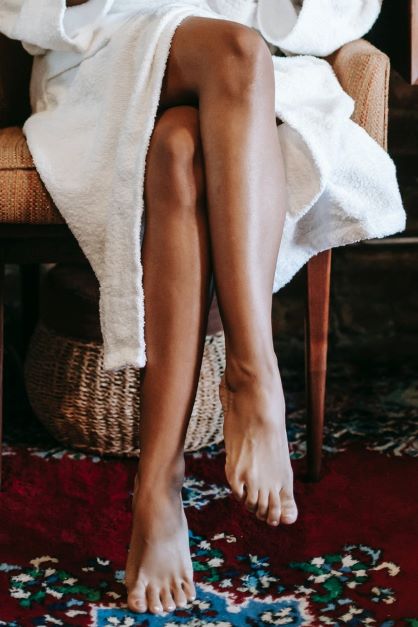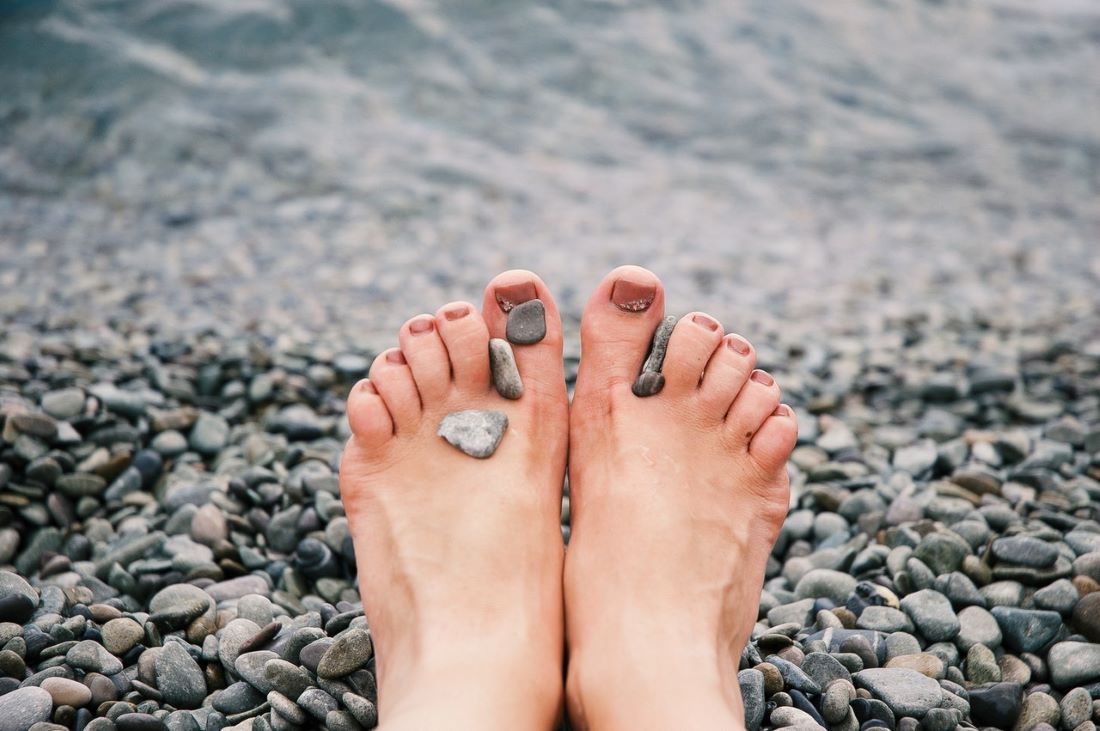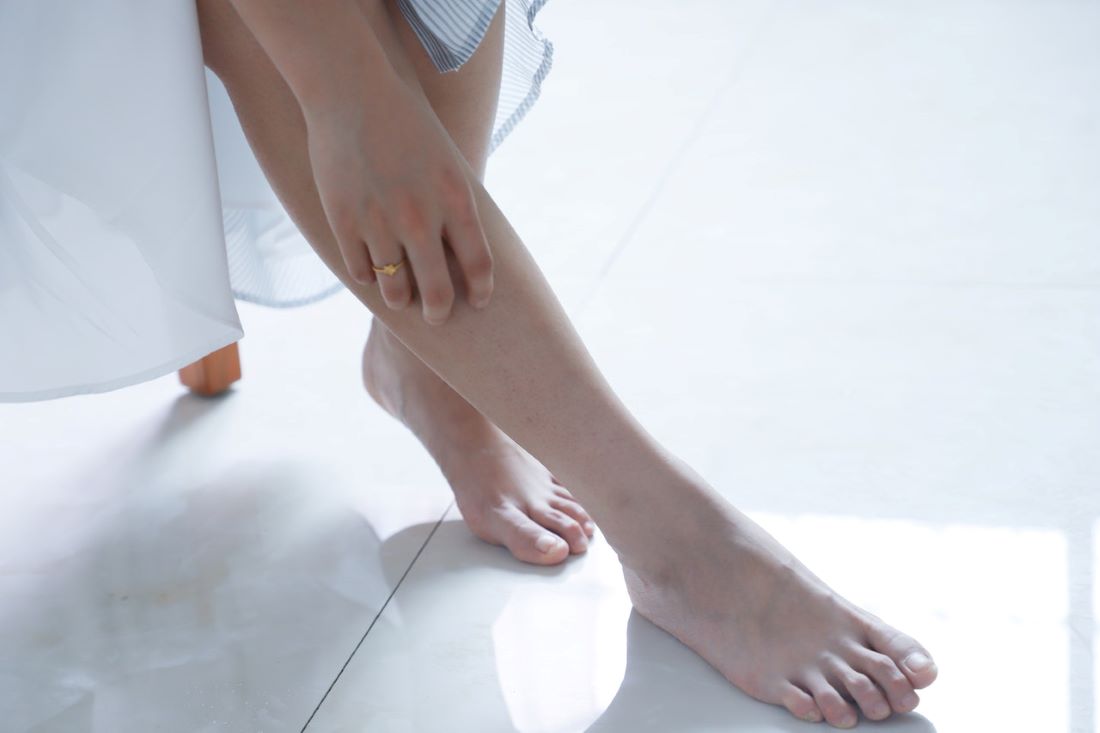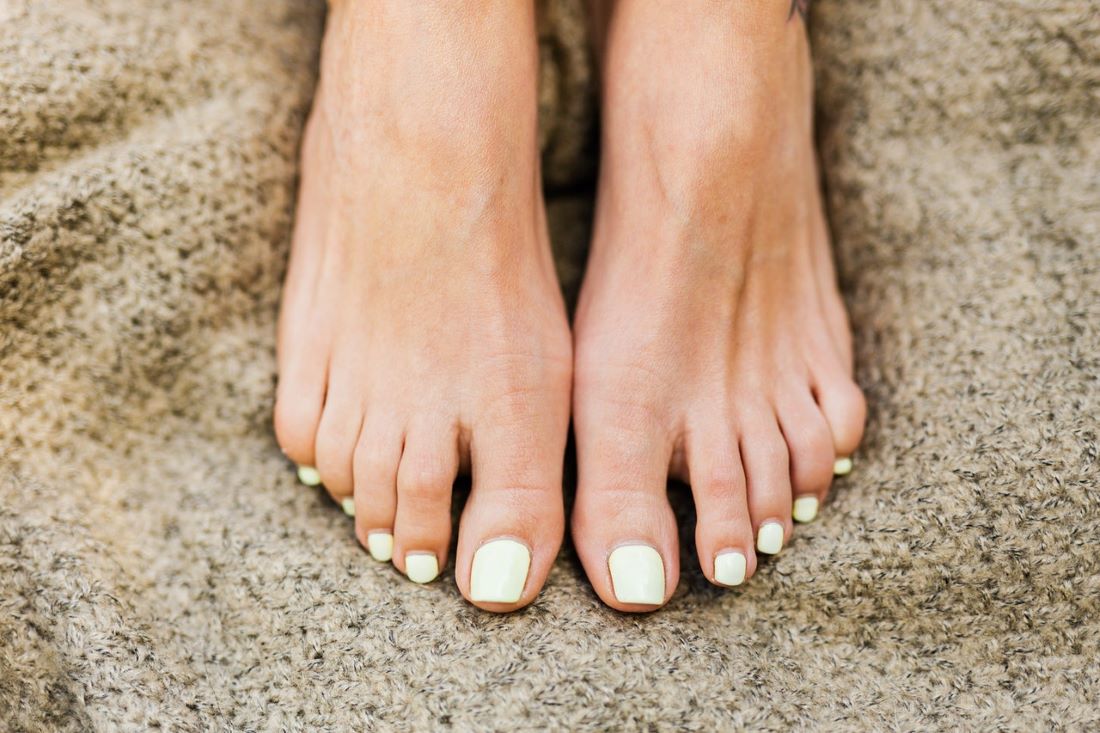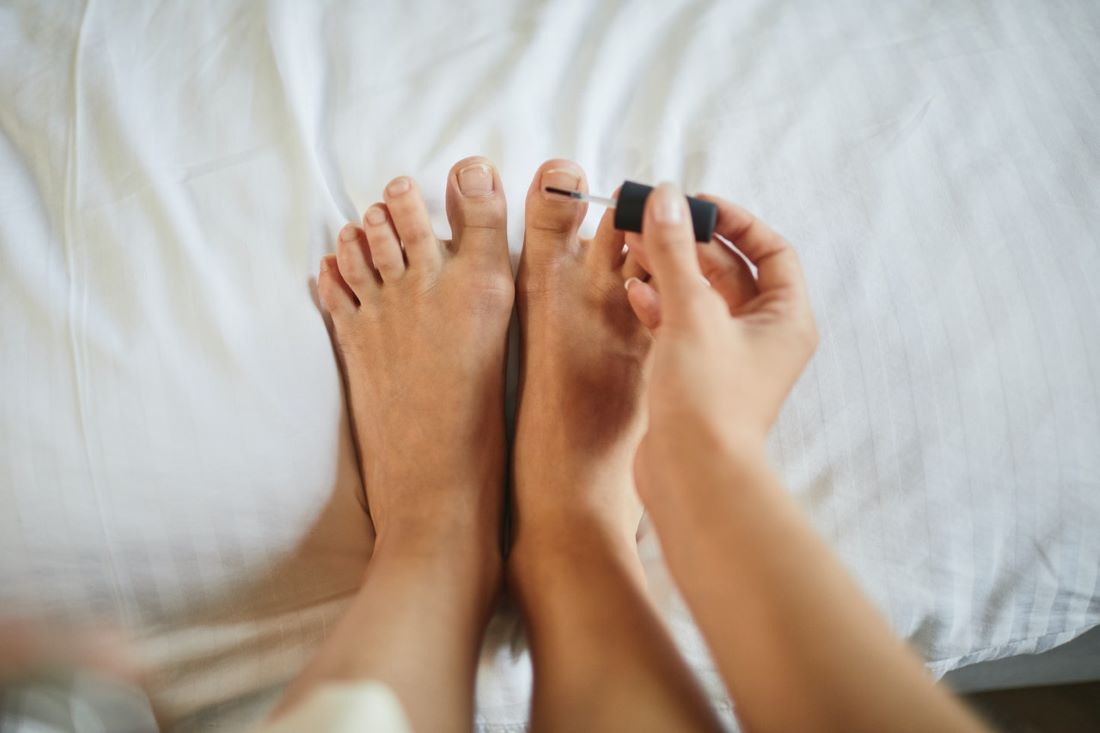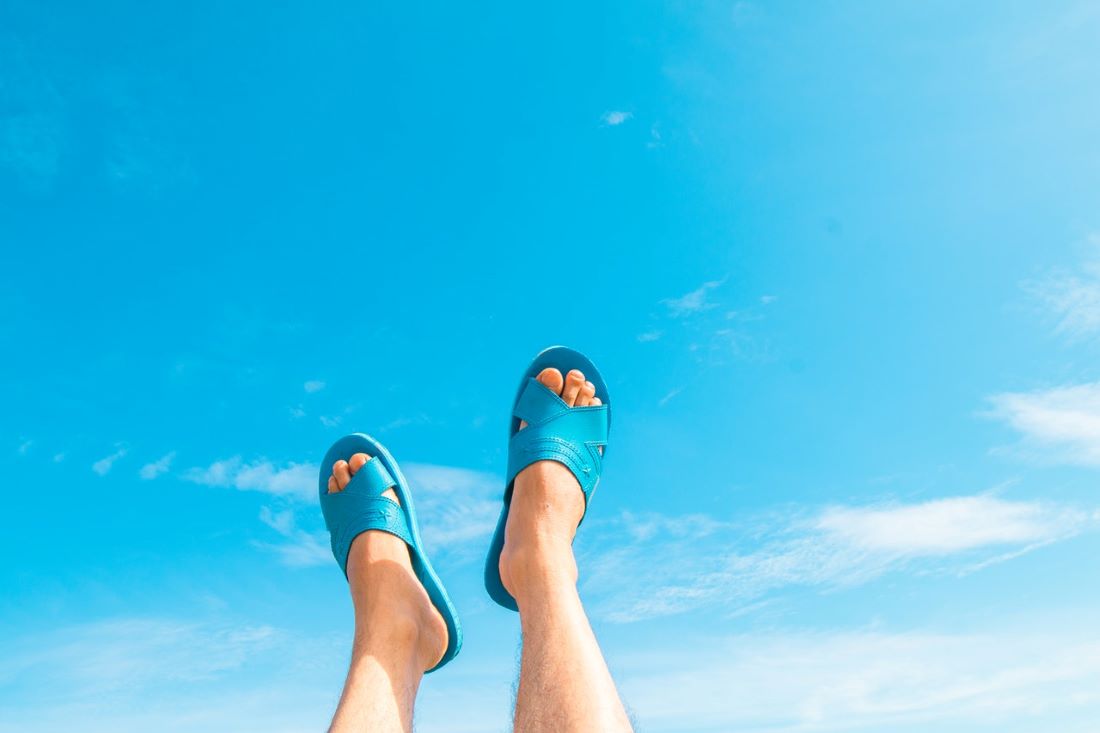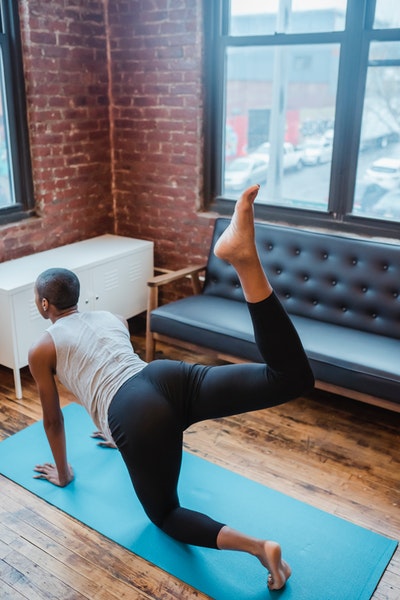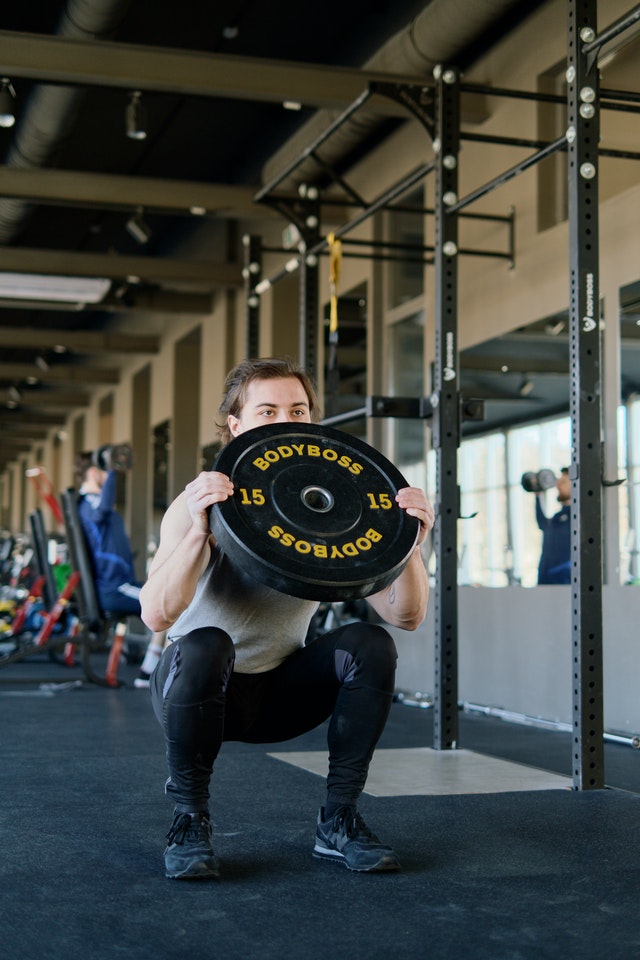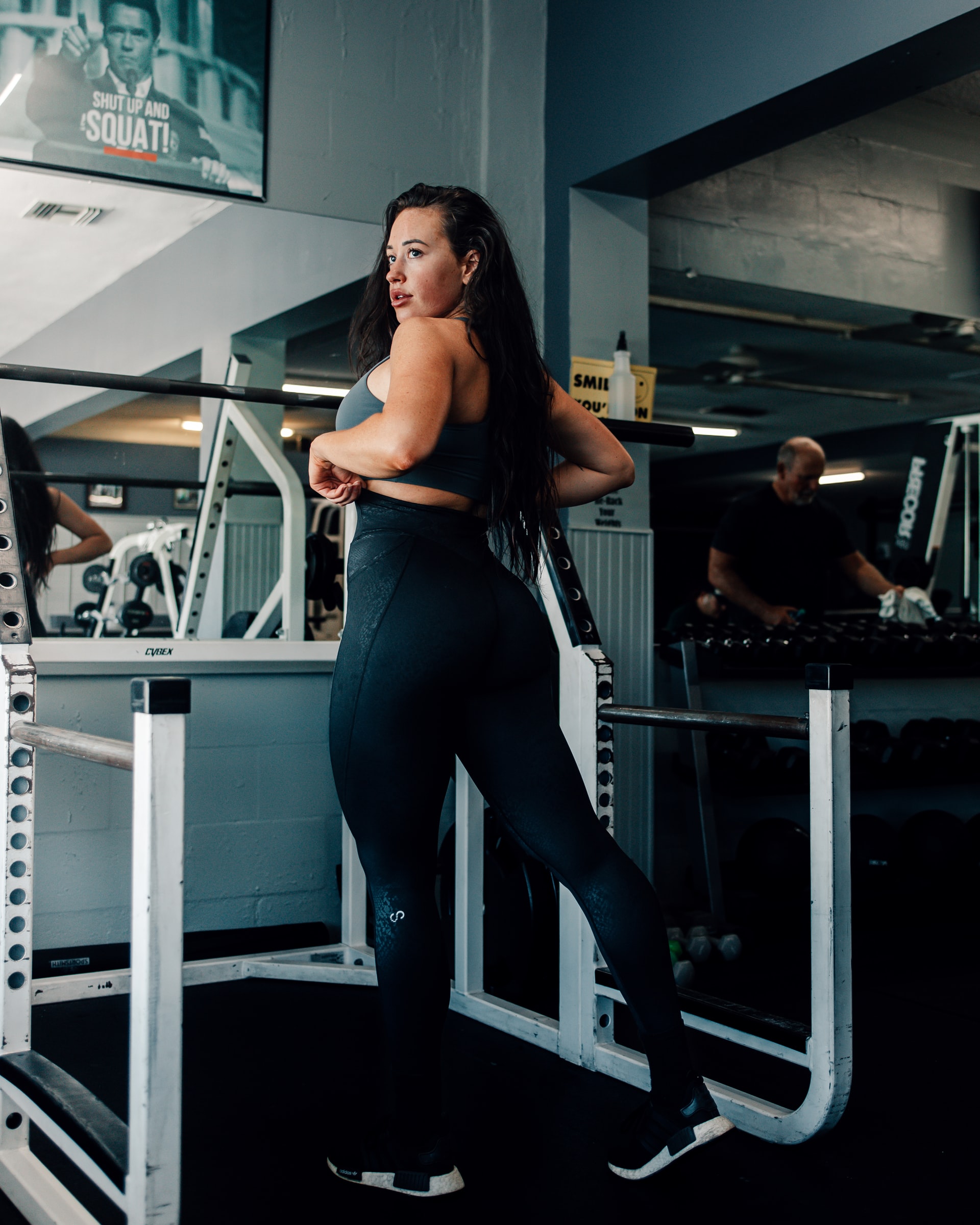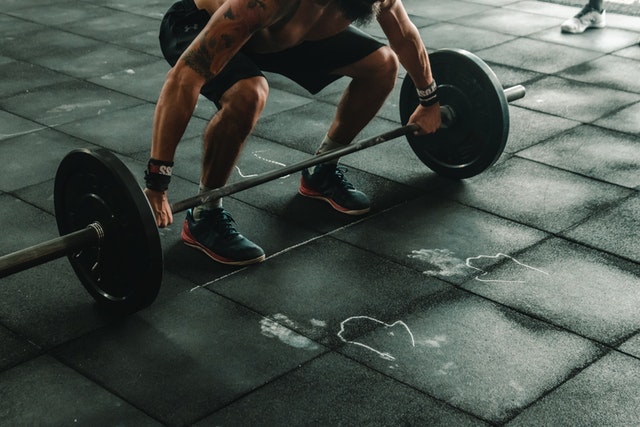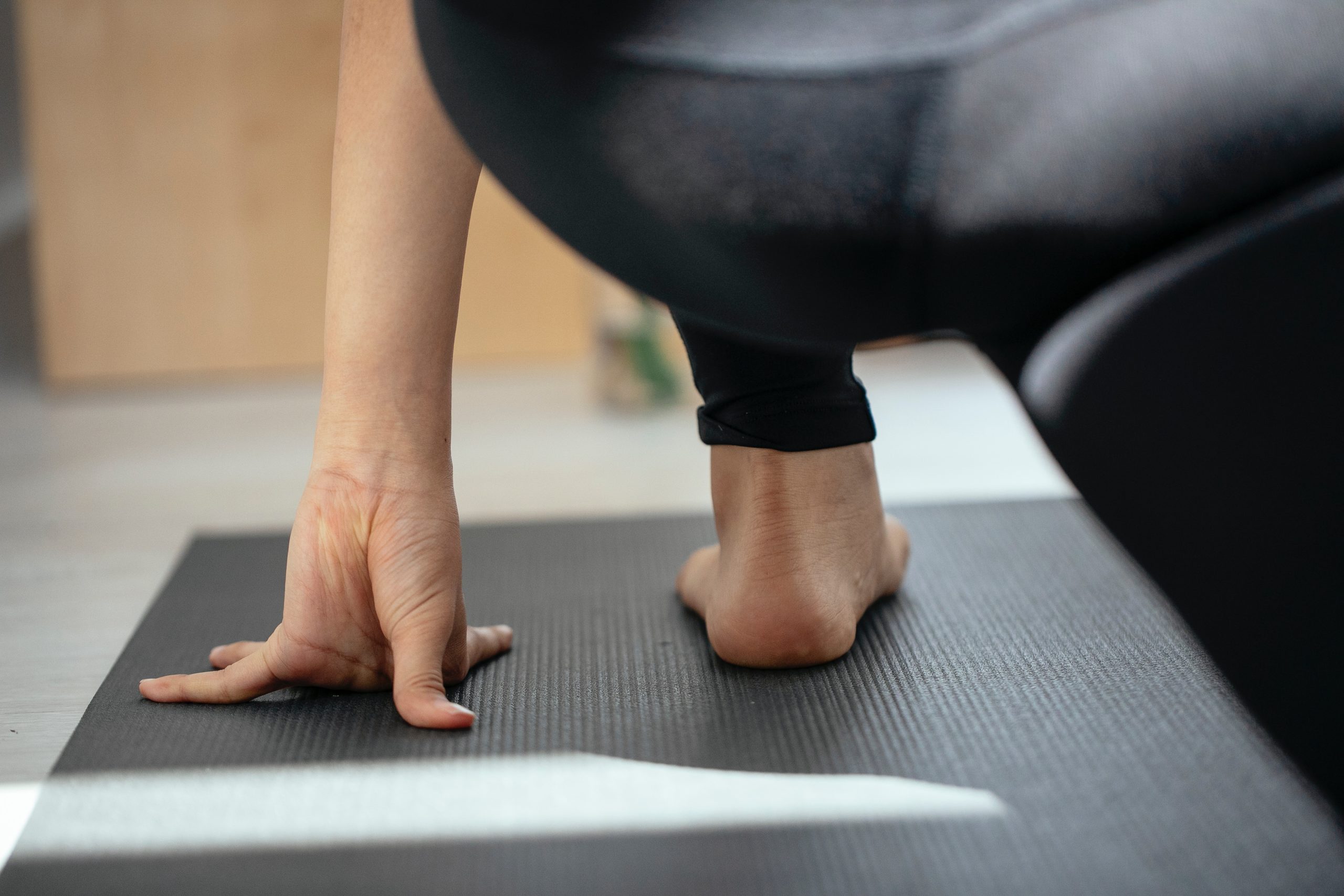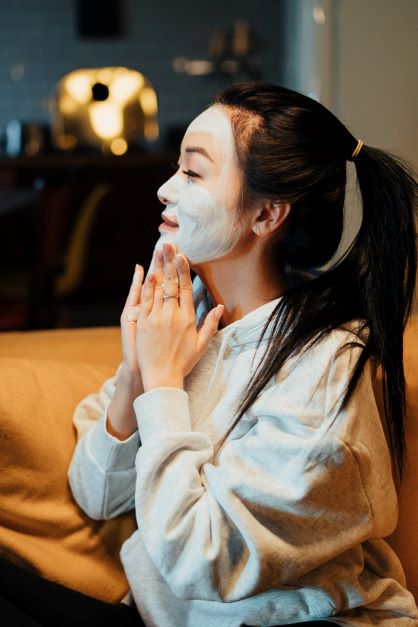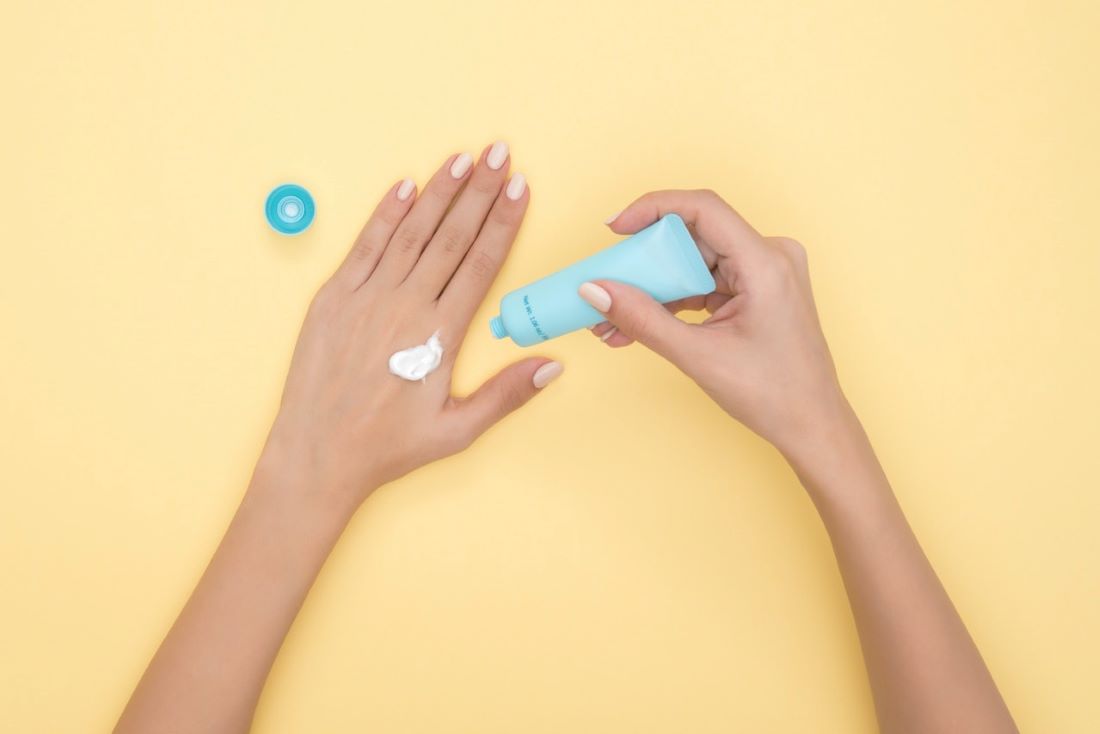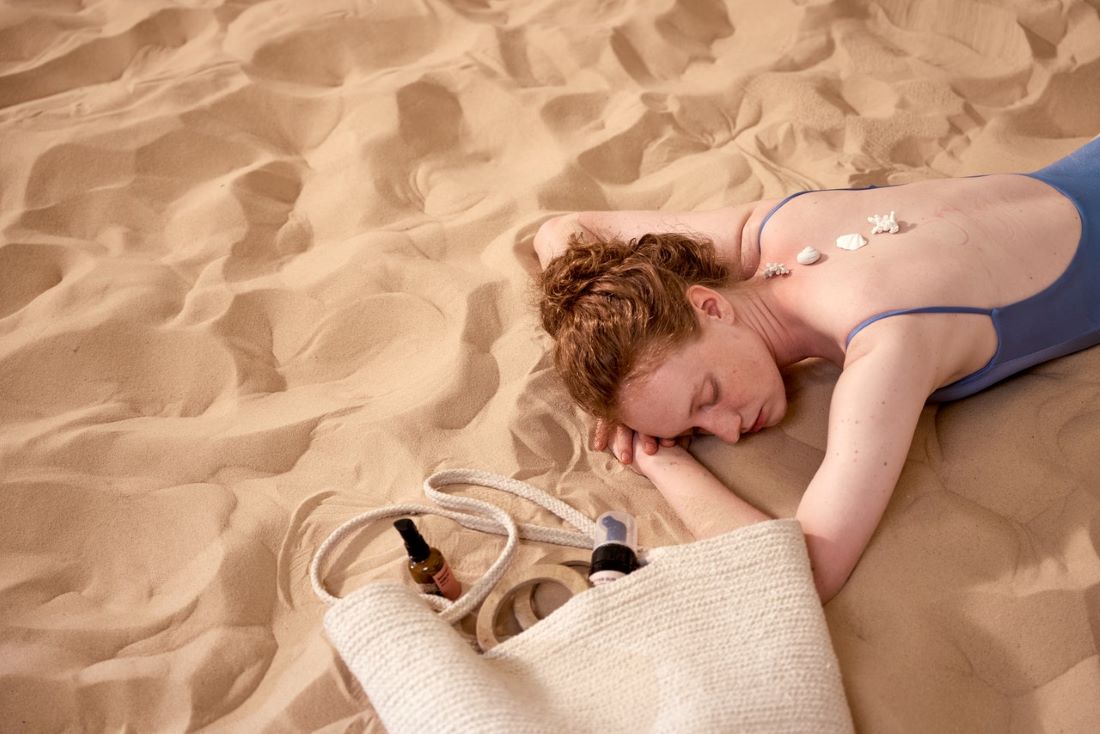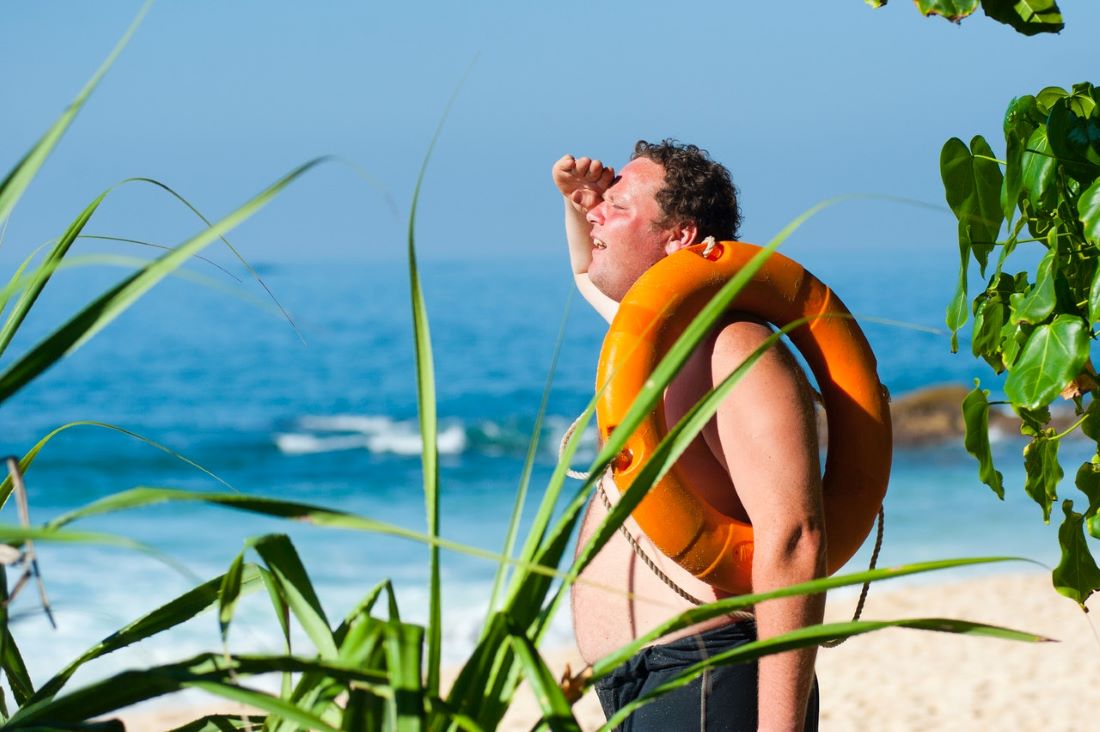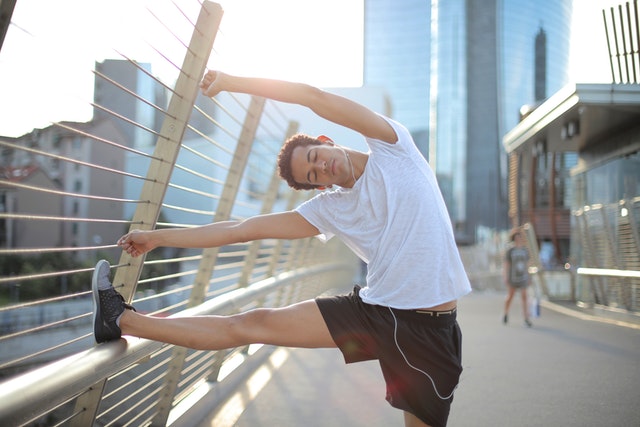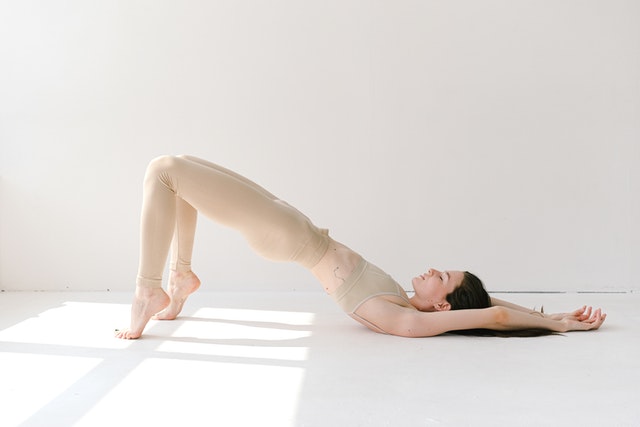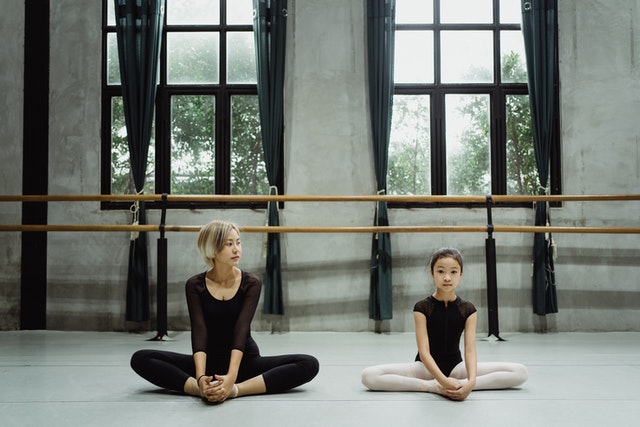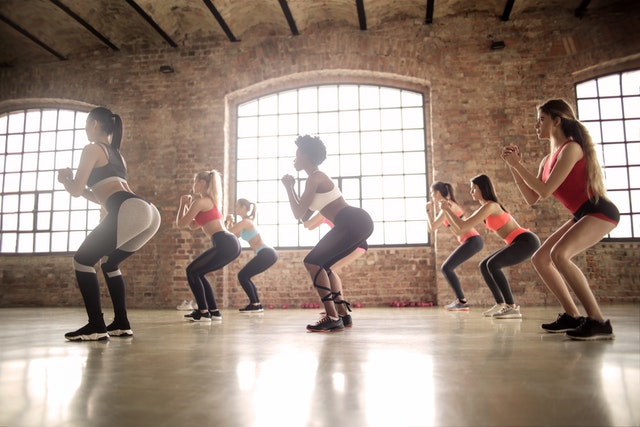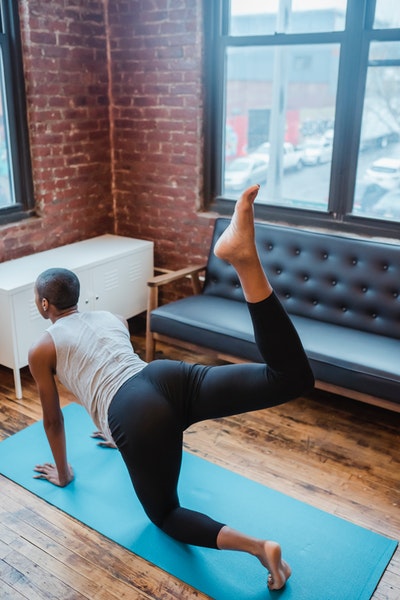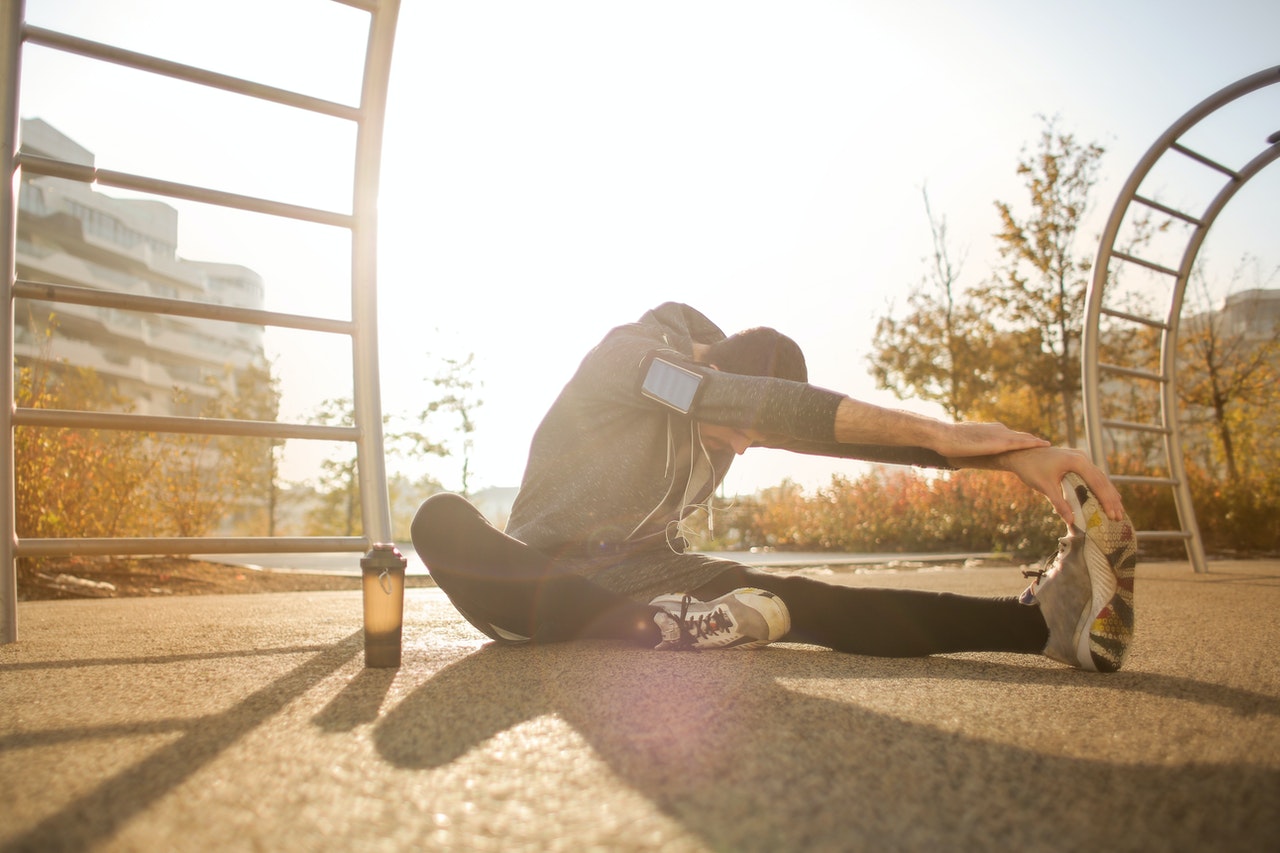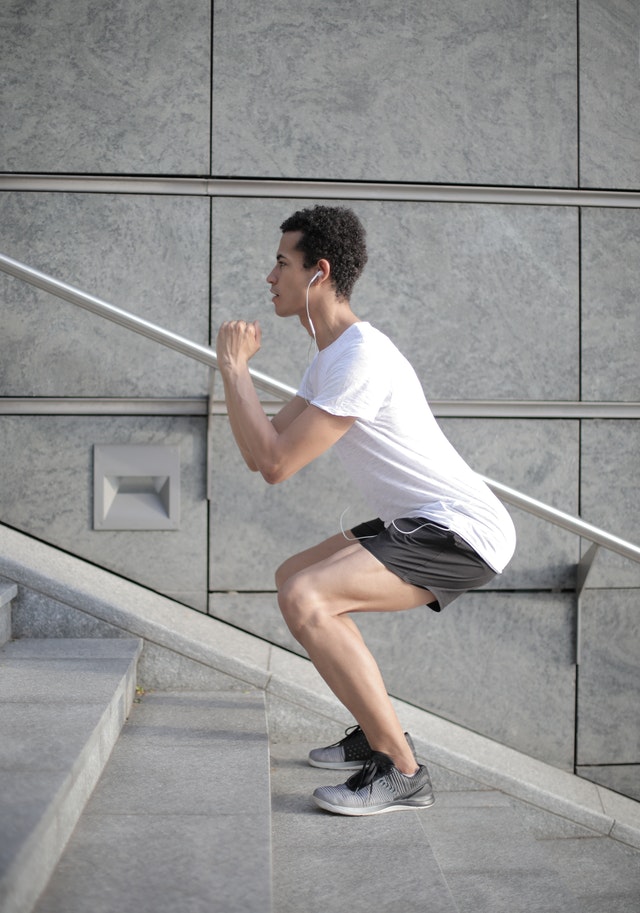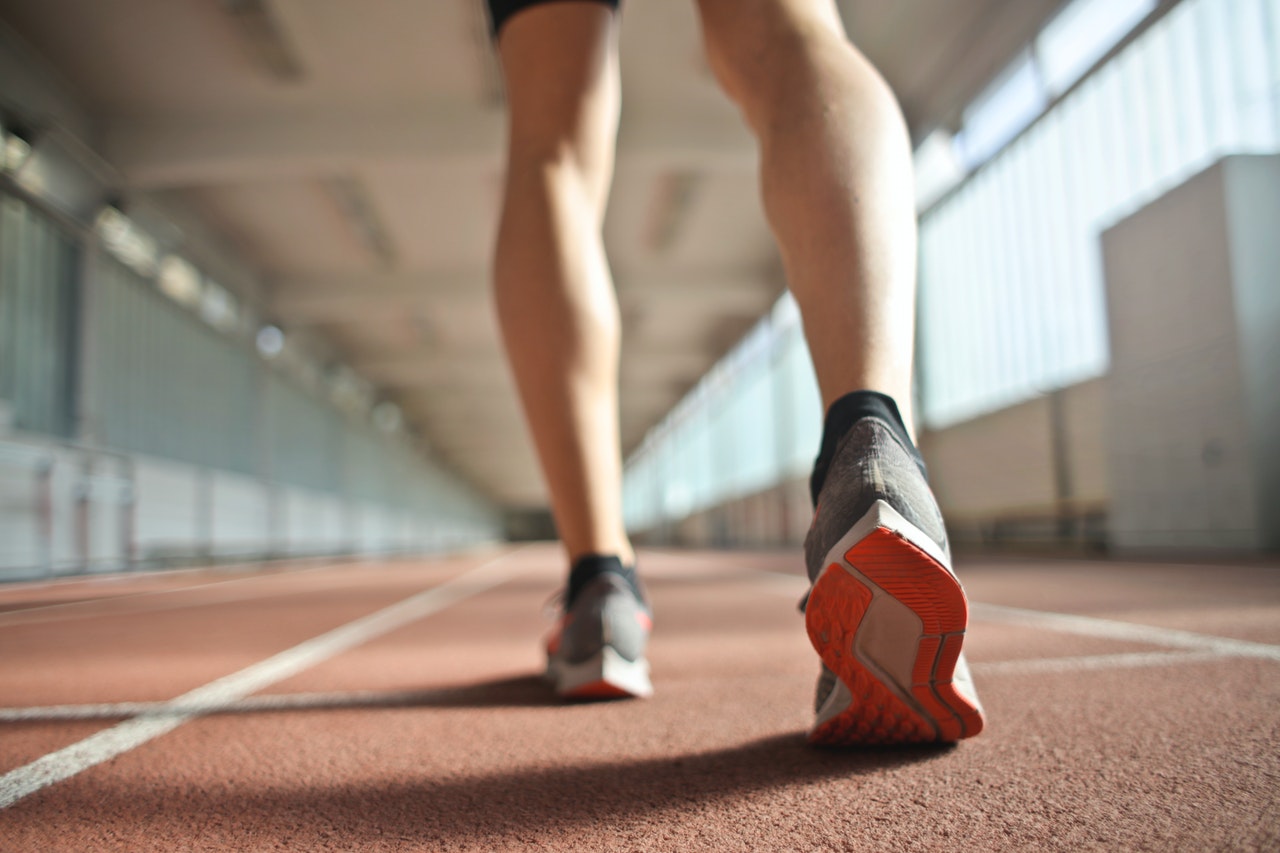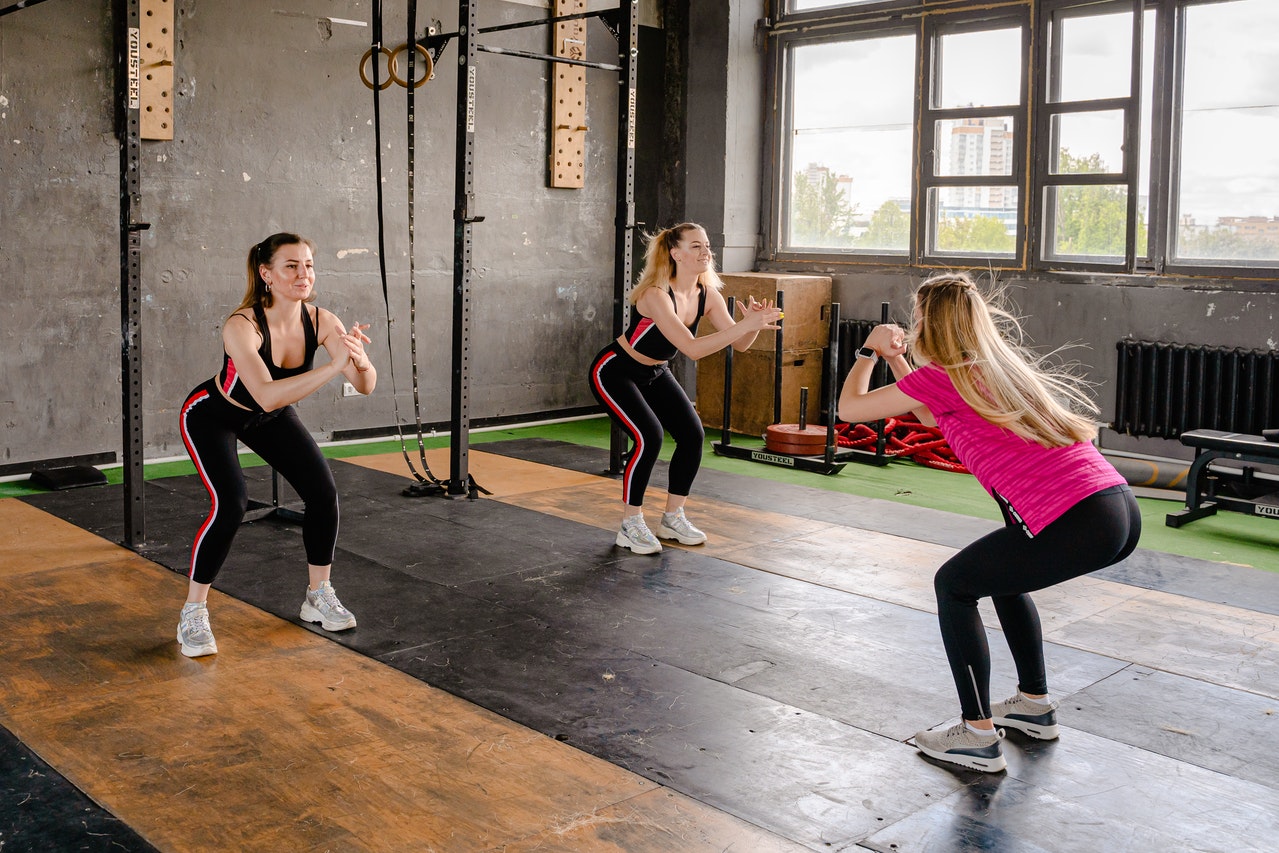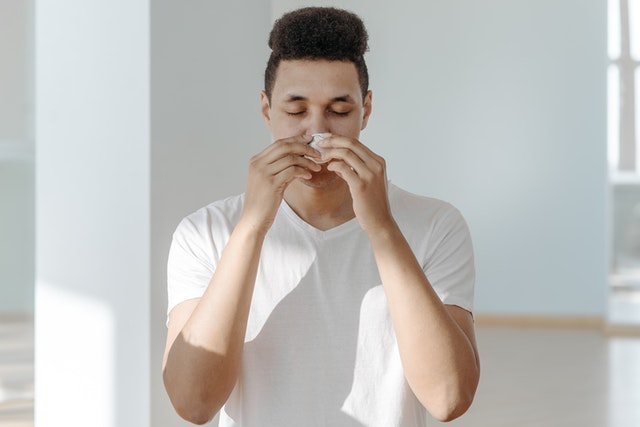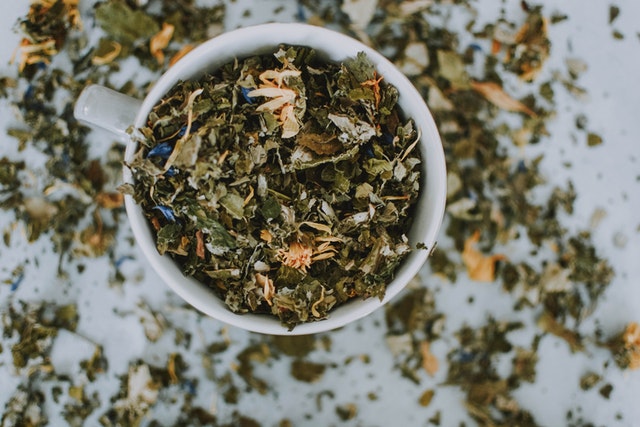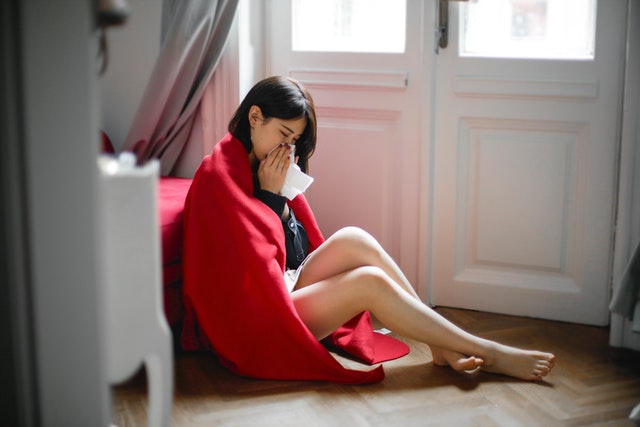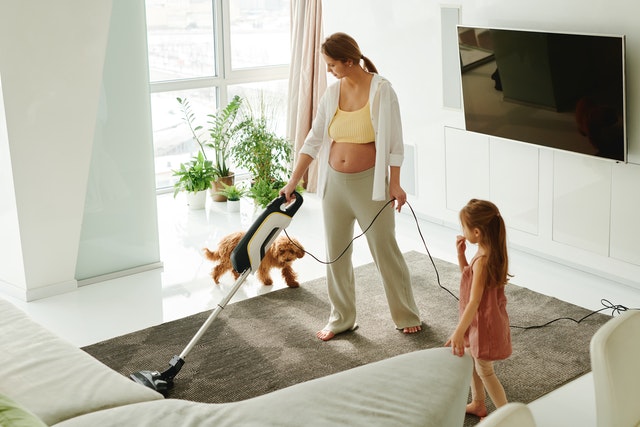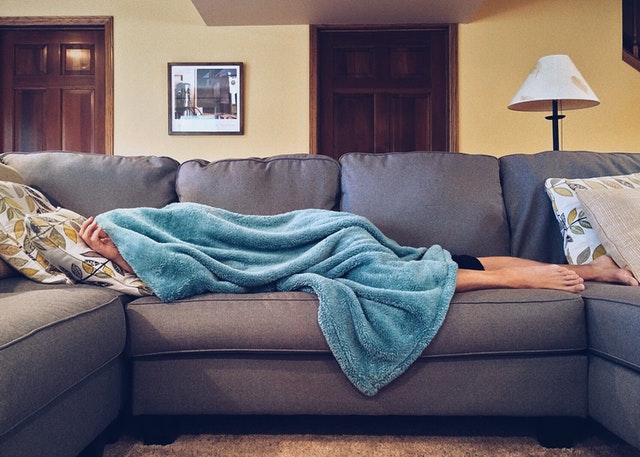You've probably heard it before; a friend or family member says something insulting to you, then claims they were only being 'brutally honest.' This statement can leave you wondering whether you were right to be offended and whether your loved one has your best interests in mind.
Many people wear this questionable character trait as a badge of honor. And as you might already know, brutally honest people typically don't have your best interests in mind when speaking their truth.
How to Distinguish Between Honesty and Brutality

Honesty is a crucial aspect of all healthy relationships. The key is to be honest without judging the other person. If your partner is unhappy with your contributions around the house, they should broach the issue directly but in a constructive way. This entails offering solutions and providing support to get everyone on the same page.
Conversely, brutal honesty is concerned with tearing the other party down. Instead of just addressing the issue, the brutally honest person will call your character into question. Using the above example regarding housework, they may claim that you're lazy or unmotivated, whereas the issue might stem from a new work schedule or recent illness.
Signs That You're Being Emotionally Abused

For some people, brutal honesty strays into the territory of abuse. Identifying abuse in your relationships can be challenging, especially romantic ones. And while every relationship is different, the following signs typically indicate that abuse is occurring:
- Harsh Personal Critiques - It's OK to find fault with a loved one's actions, and it's also OK to call those actions out. What's not OK is harshly criticizing a person, especially someone you're supposed to love.
- Claims of Over-Sensitivity or Irrationality - It's normal to be sensitive after someone insults or belittles you. Many abusers use this claim to cast doubt on the other person's rationality and reasonability, which causes them to question themselves in the future.
- Assumption of Motivations - Even people who've known each other for years can't read each other's minds. Be wary if a loved one claims to know what you're thinking as a means of placing blame on you. For example, they may say you have malicious intent when you do not.
What You Can Do About a Brutally Honest Person

The first step is to broach the subject with your loved one. Remain calm and collected as you discuss how their words hurt. Displays of emotion are normal and natural, but they can provide the other person fodder for their baseless claims. Use examples that have occurred in your life and use clear, concise language to explain how they made you feel.
Pay close attention to your loved one's response. If they express genuine dismay that they hurt you and promise to do better, it may be possible to move forward. However, if the cycle of brutal honesty simply begins again, you might want to consider whether the relationship is worthwhile.
You Deserve a Loving and Kind Relationship

You deserve respectful treatment, regardless of the type of relationship or how long you've known the person. And if the person is reluctant to alter their behaviors, they're prioritizing their brutal outlook on life over your feelings.


